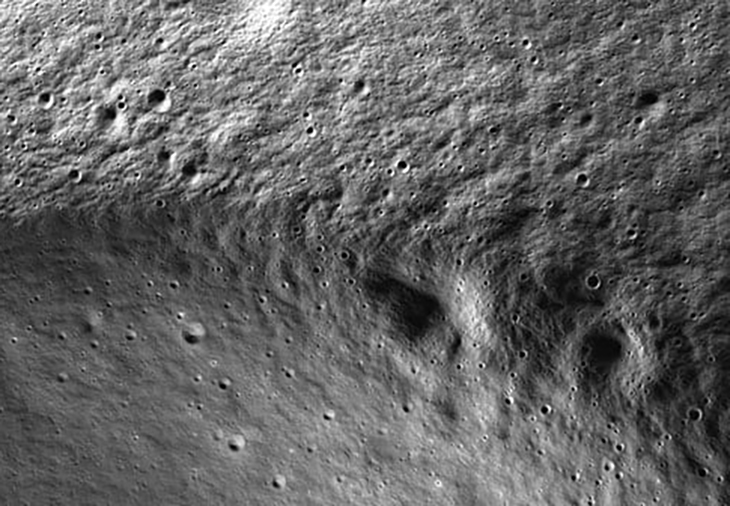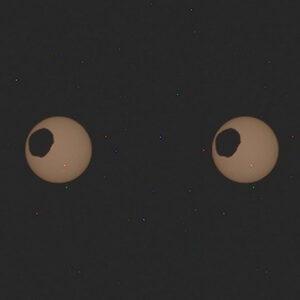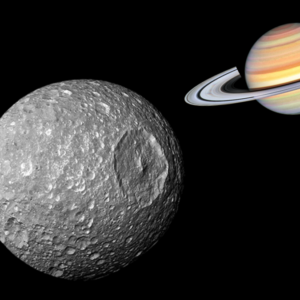
NASA’s ShadowCam, a marvel amidst the array of NASA’s missions and technologies, has quietly made its mark, orbiting the Moon since December. Unlike its predecessors, this ingenious instrument possesses an extraordinary sensitivity, outclassing prior Lunar cameras by a staggering 200-fold. Its home is the Korea Pathfinder Lunar Orbiter, Danuri, a spacecraft developed by the Korea Aerospace Research Institute (KARI), launched in August 2022.
ShadowCam’s primary mission revolves around peering deep into the enigmatic, perpetually shadowed craters at the Moon’s poles. These lunar crevices are renowned as some of the coldest spots in our entire solar system. Yet, the secrets they harbor have long fascinated scientists. We know these craters contain ice, but what intrigues researchers is the fate of this ice and the lunar soil in the absence of sunlight, a condition persisting for billions of years. ShadowCam stands as the vanguard of unraveling this mystery.
This lunar detective’s significance lies in its ability to probe the ‘volatiles,’ a term encapsulating solid, icy forms of gases and liquids, including water, methane, CO2, carbon monoxide, and ammonia. In 2009, NASA’s mission crash-landed spacecraft onto the Moon, revealing the presence of these crucial substances. The conditions of these volatiles are pivotal, for they hold the key to creating essential resources. They can be transformed into drinking water for astronauts, serve as rocket propellant for the journey home, and act as shields against the Sun’s harmful radiation. These components are vital to realizing NASA’s enduring ambition: establishing a permanent human presence on the Moon under the Artemis missions.
“We know the volatiles are there, but we don’t know if it’s icy dirt or dirty ice,” Jacob Bleacher, chief exploration scientist at NASA, said when he spoke to Nat Geo.
To scrutinize these volatiles up close and personal, NASA is preparing to dispatch the Volatiles Investigating Polar Exploration Rover, aptly named VIPER, next year. This sophisticated rover will perform daily descents into the polar craters, meticulously extracting samples before dashing back to the surface. Its mission is a race against time, as it has a mere 9 hours of battery life to explore the profound darkness, devoid of the Sun’s rejuvenating rays.
Surviving on the Moon is a formidable challenge for any spacecraft, given the lunar cycle of 14 days of perpetual daylight followed by an equal duration of unrelenting darkness. VIPER, however, is equipped to confront this challenge head-on. Solar panels adorn its chassis, strategically positioned to capture sunlight even in the polar regions where the sun’s angle remains low, ensuring a continuous power supply for this lunar adventurer.
In the heart of this lunar saga, ShadowCam and VIPER stand as pioneers, embarking on a journey that could transform our understanding of the Moon, providing valuable insights and paving the way for humanity’s sustained presence on our celestial neighbor.
What are your thoughts? Please comment below and share this news!
True Activist / Report a typo


